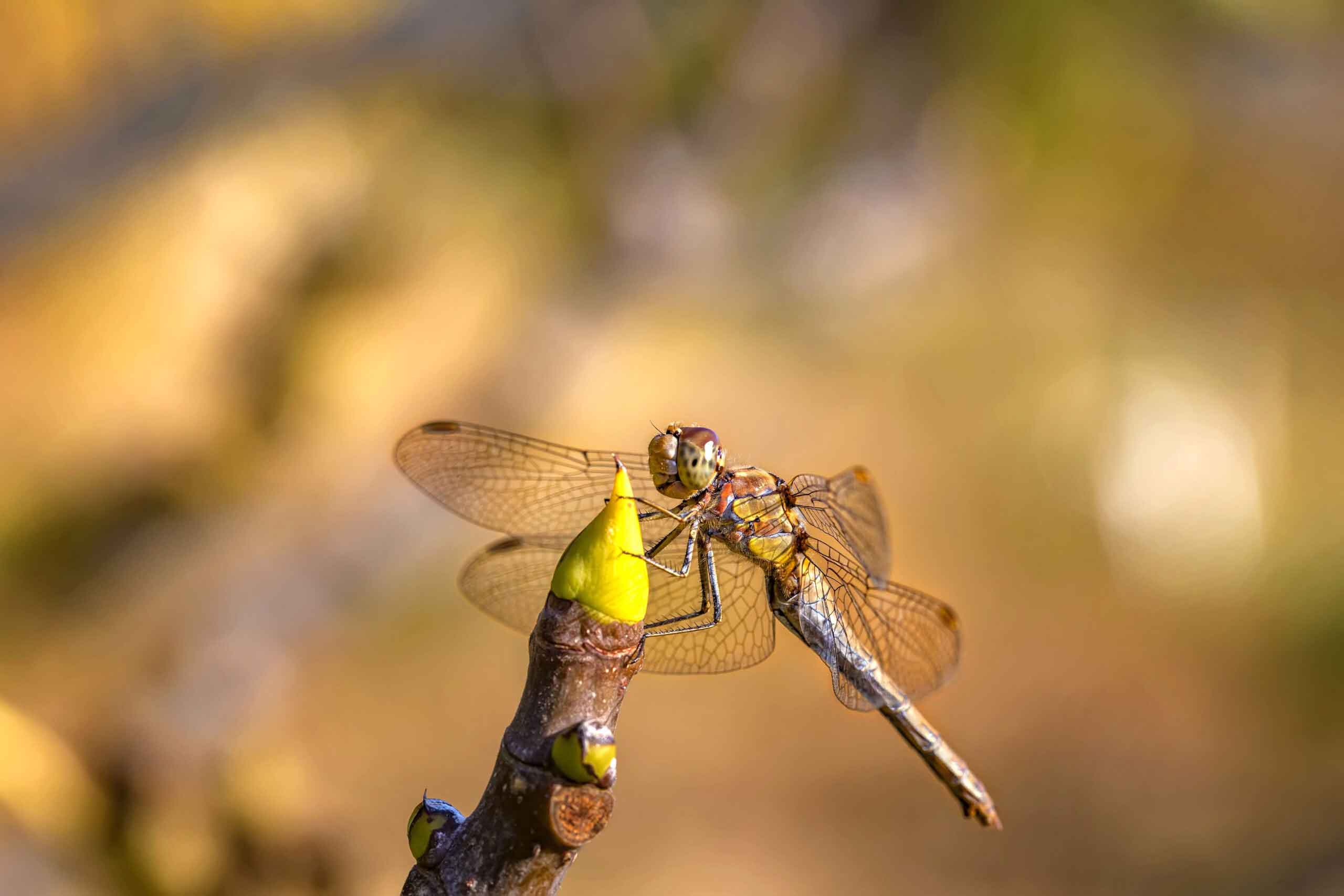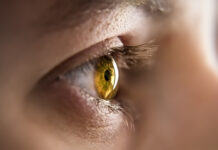When your dog is tired, she looks for a suitable place to lie down, closes her eyes, and nods off. There is little doubt that dogs and other mammals do sleep. This can be confirmed by recording their brain waves (electroencephalogram or EEG) that exhibit the typical slow wave pattern of deep sleep. Sleep intensity depends on how long an animal has been awake. Longer periods of wakefulness are followed by more intense sleep reflected by high amplitude of the EEG slow waves. This relationship between the duration of prior waking and sleep intensity is known as sleep homeostasis. (The Cambridge English dictionary defines homeostasis as “the ability or tendency of a living organism … to keep the conditions inside it the same despite any changes in the conditions around it….”)
Watch a fly or a spider. They spend considerable time without moving. But are they sleeping? Unlike in mammals, we cannot rely on EEG recordings to distinguish sleep from quiet waking. In the early 1980s I thought of a novel approach to address this problem. After graduating in zoology, I had obtained my PhD in the Zurich sleep lab and continued my research there as a postdoc at the Institute of Pharmacology. It was a surprise to everybody that I chose the cockroach to investigate insect sleep. These insects originated more than 280 million years ago and have been known since the 1960s to exhibit a circadian rest-activity rhythm. However, no one had considered that they might be asleep while resting.
If you deprive sleep, animals and humans recover with a deeper, more intense sleep. The idea behind the study was that if the quiet stillness of the resting state in cockroaches had a regulated function similar to sleep, rest-deprived insects would show some kind of recovery rest. The animals were kept in individual Petri dishes with free access to food and water, and adapted to a 12-hour light – 12-hour dark cycle for 3 weeks or more. Their behavior was continuously monitored by a light-sensitive camera and a time-lapse video recorder. While playing back the tapes, we could detect three distinct states: immobility, locomotion, and movement of the antennae and limbs without locomotion.

To test the effect of rest deprivation, the Petri dishes were rotated vertically for 3 hours to prevent immobility. After this forced locomotion, the cockroaches exhibited prolonged periods of immobility. A minor disturbance of the animals had a smaller effect. Thus, the regulation of resting behavior in the cockroach was similar to the homeostatic regulation of sleep in mammals.
The scorpion is an arthropod, another invertebrate, whose evolutionary history goes back to the Silurian period 435 million years ago. We explored sleep-like behavior in two species of tropical scorpions. As with the cockroaches, three different states were identified based on body posture, arousal threshold and heart rate. The animals were subjected to 12-hour periods of rest deprivation by mechanical stimulation. The result was a period of increased immobility that subsequently returned to baseline. Thus, just as with the cockroach, the scorpion showed a sleep-like regulatory process in which rest deprivation elicited a restorative response.
 These early experiments paved the way for sleep studies in the fruit fly, Drosophila melanogaster, an organism used to investigate genetics and development. Over the last 20 years, sleep research in Drosophila has witnessed explosive growth, with nearly 2,000 publications and more than 57,000 literature citations. Who would have imagined that insects would provide such insight into the mechanisms underlying human sleep?
These early experiments paved the way for sleep studies in the fruit fly, Drosophila melanogaster, an organism used to investigate genetics and development. Over the last 20 years, sleep research in Drosophila has witnessed explosive growth, with nearly 2,000 publications and more than 57,000 literature citations. Who would have imagined that insects would provide such insight into the mechanisms underlying human sleep?
Irene Tobler PhD, Professor emeritus, is a zoologist who was a pioneer in looking at the equivalents of mammalian sleep as regulated rest periods in many organisms from the elephant to the goldfish. She is a past President of both the Swiss and the European Sleep Research Societies.






